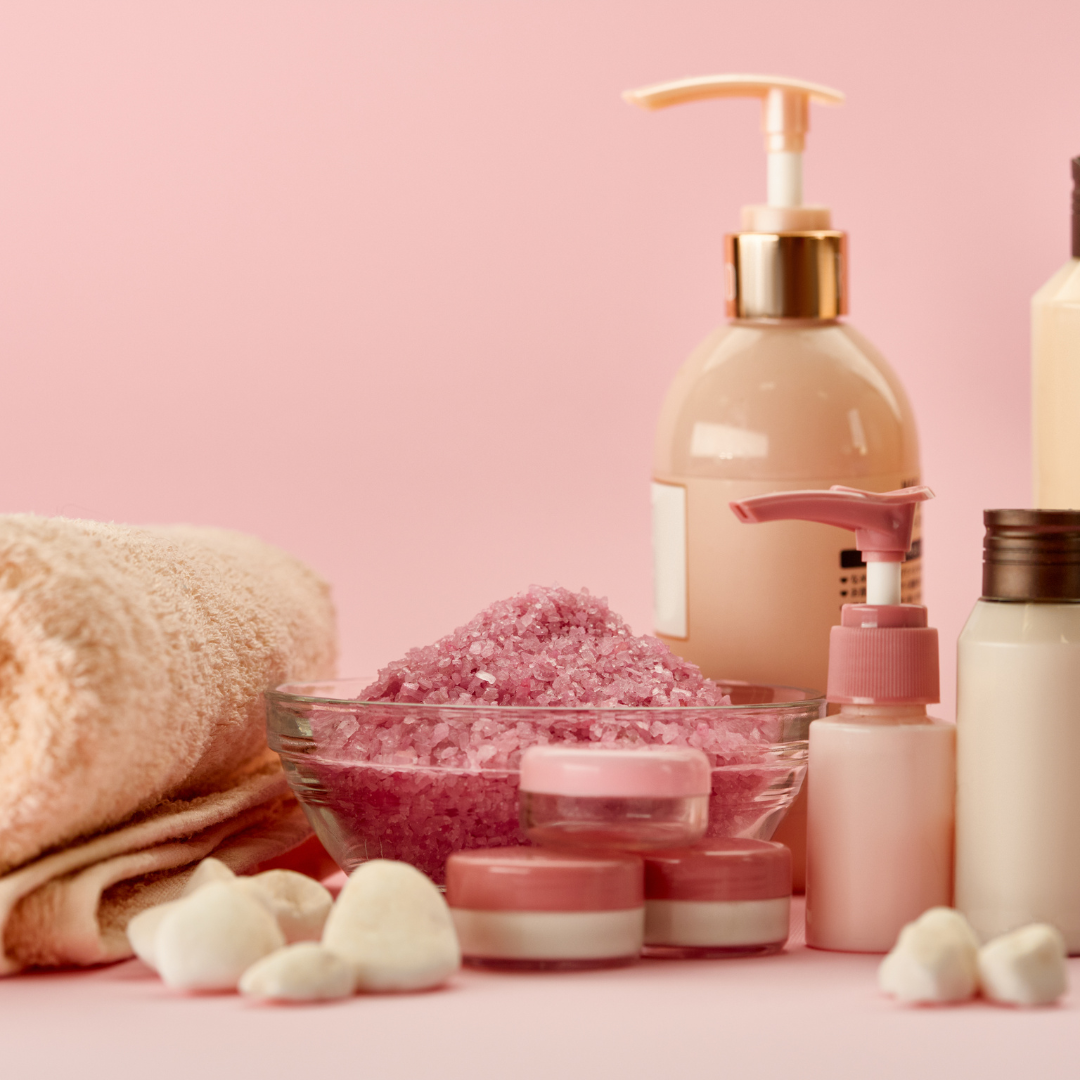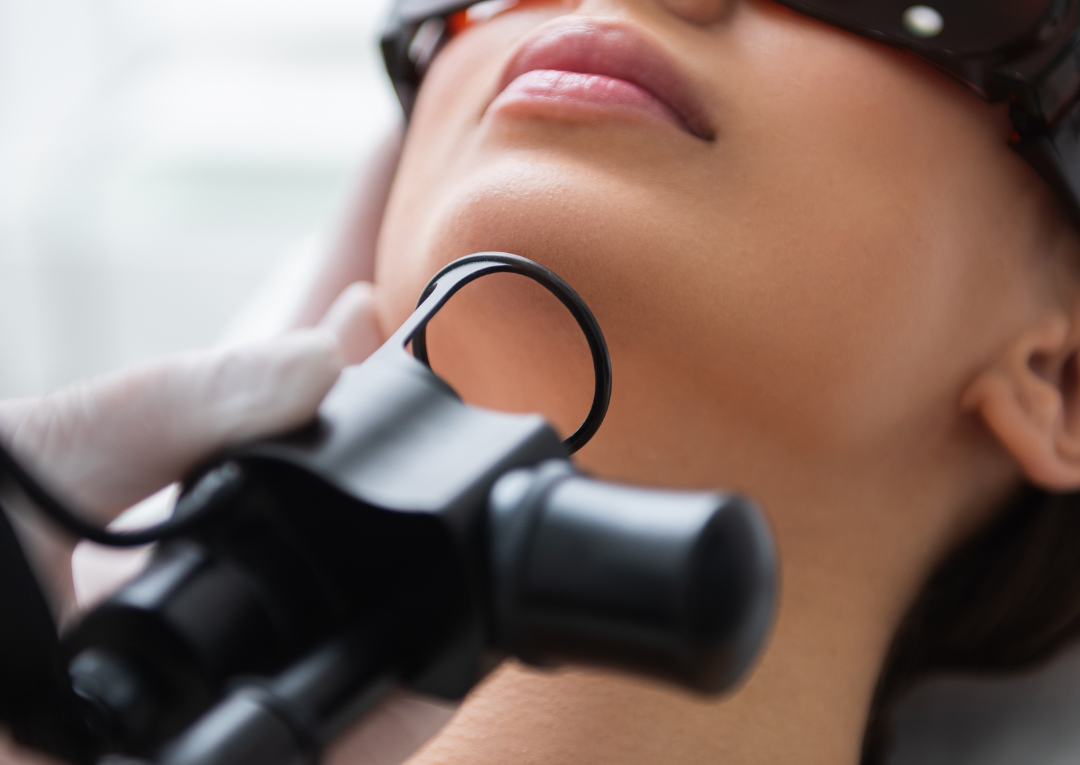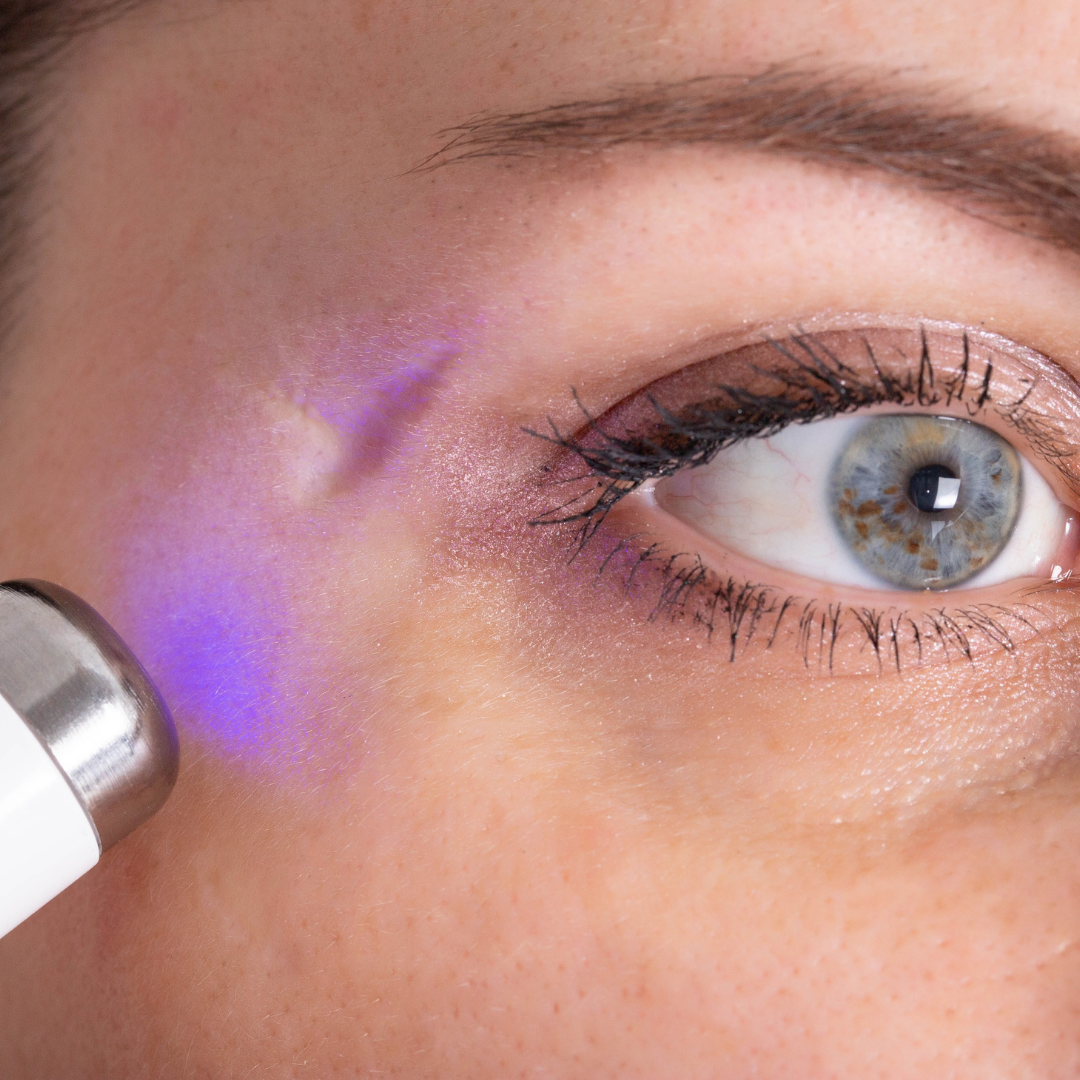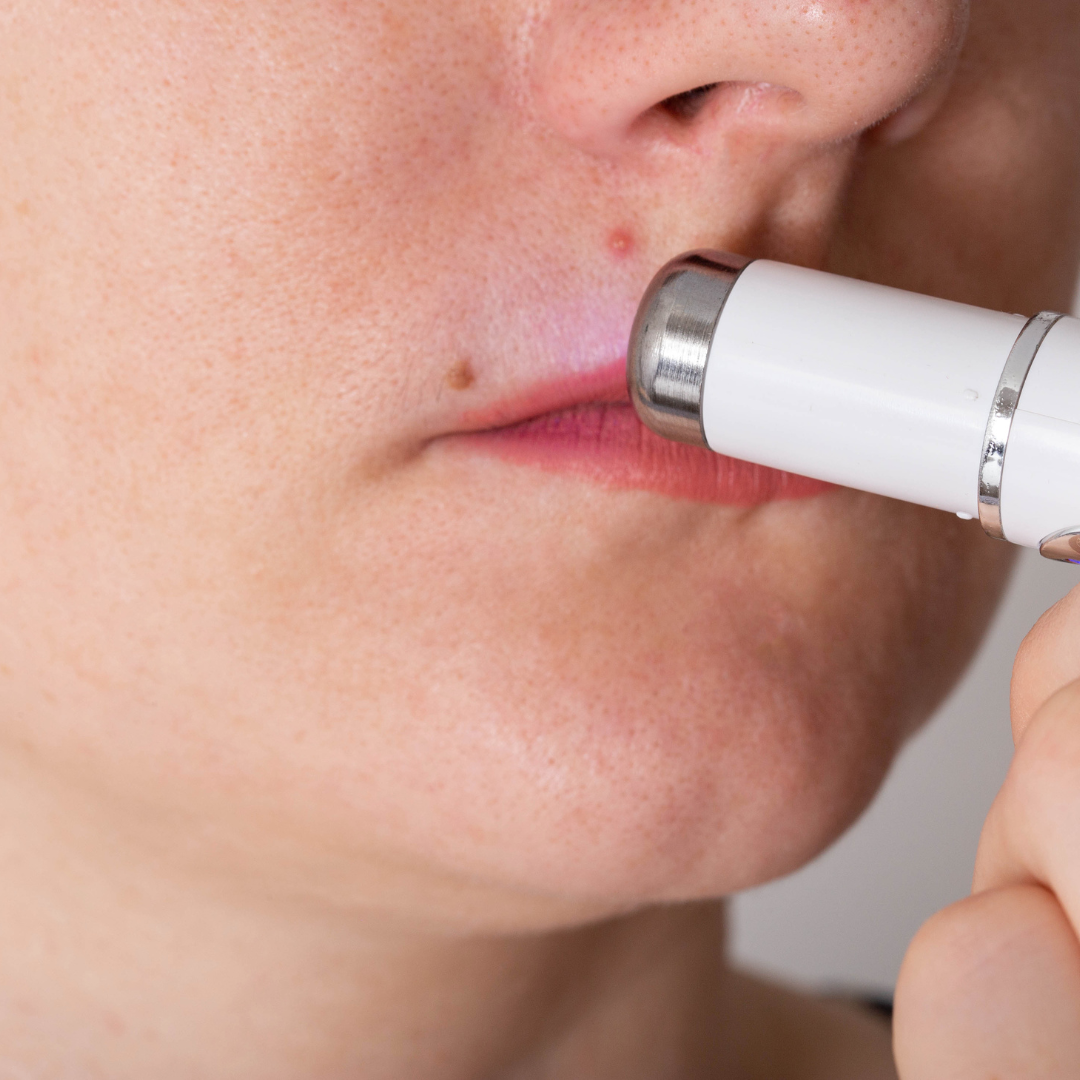Essential Laser Resurfacing Aftercare Guide What You Should Avoid
Essential Laser Resurfacing Aftercare Guide What You Should Avoid. The battle against aging is one fought by millions and won by few. Throughout the past several decades, the calvary of cosmetic procedures has made incredible advancements. From innovative surgical options to non-invasive treatments, we’ve never been closer to winning the greatest war humanity has ever fought, aging.
Perhaps the most powerful weapon in our arsenal is also the most advanced. Like something out of a science fiction novel, laser skin resurfacing harnesses the unique power of light to turn back the hands of time. Within every treatment session, years of skin damage is treated at the cellular level.
Unlike other topical anti-aging treatments, which work from the outside-in, laser resurfacing infiltrates the cellular battlefield. Capable of rejuvenating the underlying causes of visible aging and chronic skin conditions, such as rosacea and spider veins, it’s no wonder this treatment is among the most requested procedures in cosmetic dermatology.
The attraction of laser resurfacing isn’t just its mesmerizing results. Few cosmetic procedures produce such dynamic results in such a short amount of time with so little disruption to daily life.
While this treatment is the express train to skin restoration, it’s not completely effortless. The first several days after this procedure determine everything from healing duration to final results. Although you’ll receive explicit post-treatment care instructions from your cosmetic practitioner, let’s take a few moments and explore what products you should avoid after laser skin resurfacing.
What You’ll Experience After Treatment
As the saying goes, knowledge is power. To best prepare for post-treatment care, it’s important to understand what to expect. While your experience may differ based on treatment type, skin condition and biological responses to the lasers, the vast majority of patients experience several universal symptoms.
Raw (Inflamed) Skin Isolated Pain Itching Rare Side Effects
Raw (Inflamed) Skin – This is the most common treatment side effect. While the severity of skin inflammation depends on the size and scope of treatment, laser light beams only affect treated areas. Typically, surrounding tissue isn’t damaged or irritated.
- Isolated Pain – Most patients describe the pain level as similar to a noticeable sunburn. Pain is generally isolated to treatment areas. This sensation goes away little by little each day. However, improper post-treatment care can intensify and prolong this unsavory sensation.
- Itching – You’ve likely felt the itch of skin healing at some point in life. As a wound heals, the natural restoration process often stimulates a mild to severe itching sensation. This side effect is common after a deep laser resurfacing. As with any wound, avoid scratching your face at all costs. Scratching not only hinders its final results, but bacteria underneath your nails can cause a serious infection.
- Rare Side Effects – While not common, serious side effects are possible. If you have the herpes virus, the trauma from laser resurfacing can stimulate an outbreak. This is especially noted in areas where cold sores have previously erupted. Along with herpes reactivation, the risk of bacterial, fungal or viral infection is very real. Minimize this risk by explicitly following post-care instructions and avoiding the following skin products until fully healed.
The Essential Aftercare Guide – Products You Should Avoid
The days following laser resurfacing are j ust as important as treatment quality. Along with determining results, failure to gently care for treated areas increases your risk of potentially serious infections and other side effects.
ust as important as treatment quality. Along with determining results, failure to gently care for treated areas increases your risk of potentially serious infections and other side effects.
To ensure a safe recovery, and the best results, avoid these common products until fully healed.
Items Washed With Scented Laundry Detergent
When you think about products you should avoid after laser resurfacing, you likely think of makeup, face washes, and other topical creams. While we’ll discuss those momentarily, the most notorious culprit isn’t what you’d think.
Scented laundry detergent contains a vast array of chemicals and cleaning agents. While you may think these compounds are mostly washed away during the rinse cycle, think again. Harsh chemicals bury themselves in fabric, which poses a serious risk during the healing process.
Before treatment, rewash all pillowcases, sheets, clothing, and towels in all-natural, unscented detergent. Never use towels, or other fabrics, to touch your face that hasn’t been cleansed from standard detergent residue.
Tap Water
Because freshly treated areas commonly feel hot, much like a sunburn, you may think spritzing your face with water is a safe alternative to ointments and creams. Unfortunately, tap water is filled with various chemicals capable of causing further irritation.
Skip the tap water and cool your face with distilled or spring water. However, only apply a fine mist of water on the first day after treatment. You don’t want to soak your skin as this can disrupt the delicate healing process that occurs during the first 24 hours.
Standard Face Washes or Soap
During the first three days, bathing or showering in hot water isn’t recommended as you need to minimize sweating during this crucial time. However, what about washing your face? Your cosmetic practitioner will inform you when you can start washing your face, but it’s generally recommended to avoid washing your face with or without cleansers for 12 to 24 hours.
For the first several days, you may be directed to avoid any non-natural face wash or soap. This includes astringents, benzoyl peroxide scrubs or prescription acne solutions.
Makeup of Any Kind
Avoid any type of makeup during the first several days following treatment. Natural mineral powder makeup may be used once the initial healing phase is complete. Because skin can remain red for several weeks, use a greenish hue makeup to help minimize visible redness.
Non-Approved Moisturizer
Skin hydration is essential during the healing process. However, don’t apply moisturizers until your doctor gives the okay. When appropriate, use a gentle ointment, such as Aquaphor.
Sunscreen of Any Variety
Sun exposure slows healing and may result in unsavory discoloration. Avoid direct sun exposure until the skin is no longer raw. Afterward, use gentle sunscreens or mineral powder makeup to shield the skin from harmful sunlight. When going outside, wear a hat and avoid direct sunlight as often as possible.
Illuminate Your Youthful Glow at Dilworth Facial Plastic Surgery
Dr. Andrea Garcia and Dr. Josh Surowitz founded Dilworth Facial Plastic Surgery to offer a compassionate and collaborative cosmetic surgery solution for Charlotte residents. As the only two-surgeon collaborative clinic in the area, access to dual board-certified surgeons enhances cosmetic and reconstructive options for a variety of patients. As active contributors to a variety of professional publications, and members of the American Academy of Facial Plastic and Reconstructive Surgery, Inc, their patients experience unparalleled quality and service.


